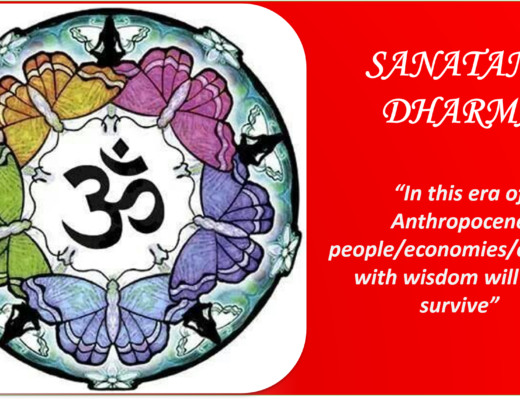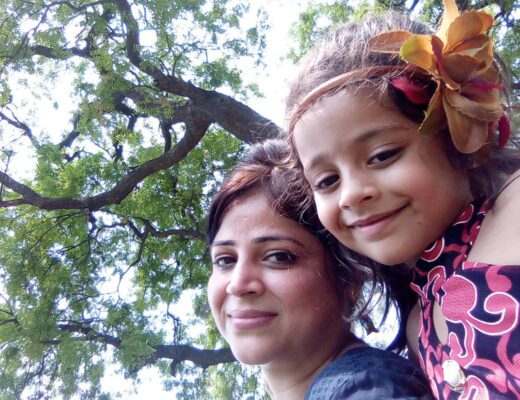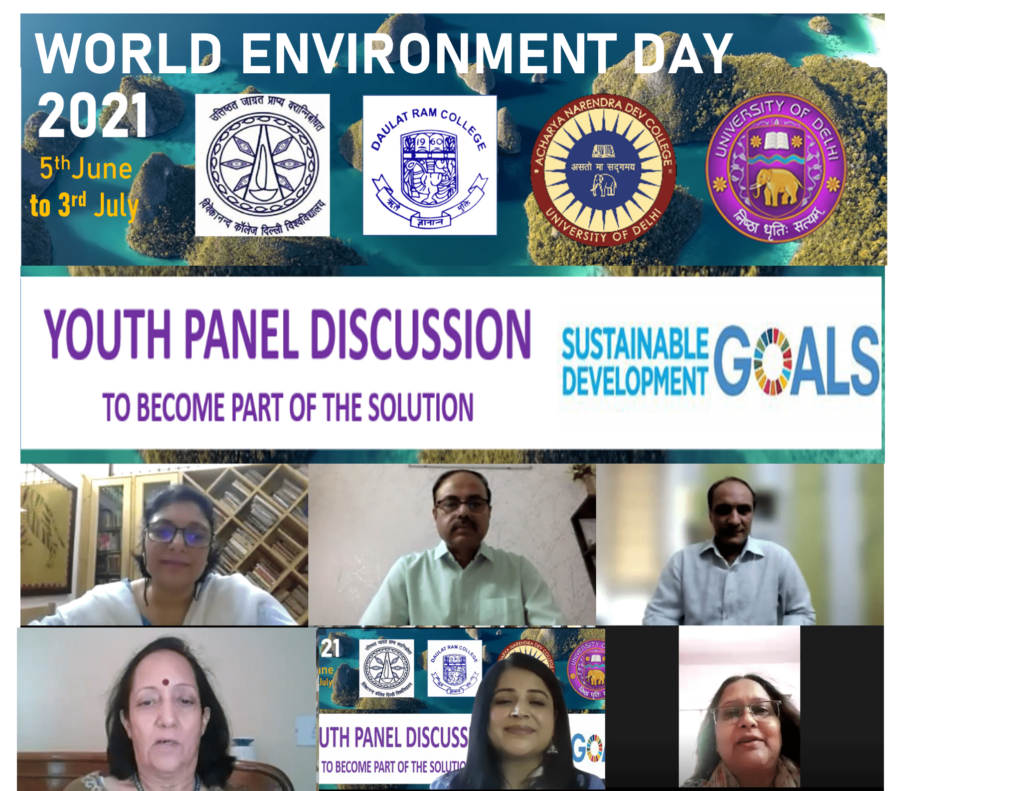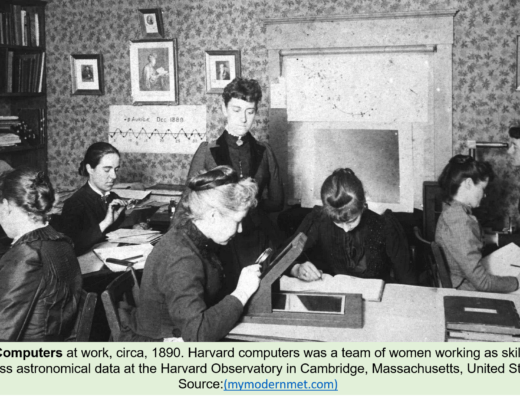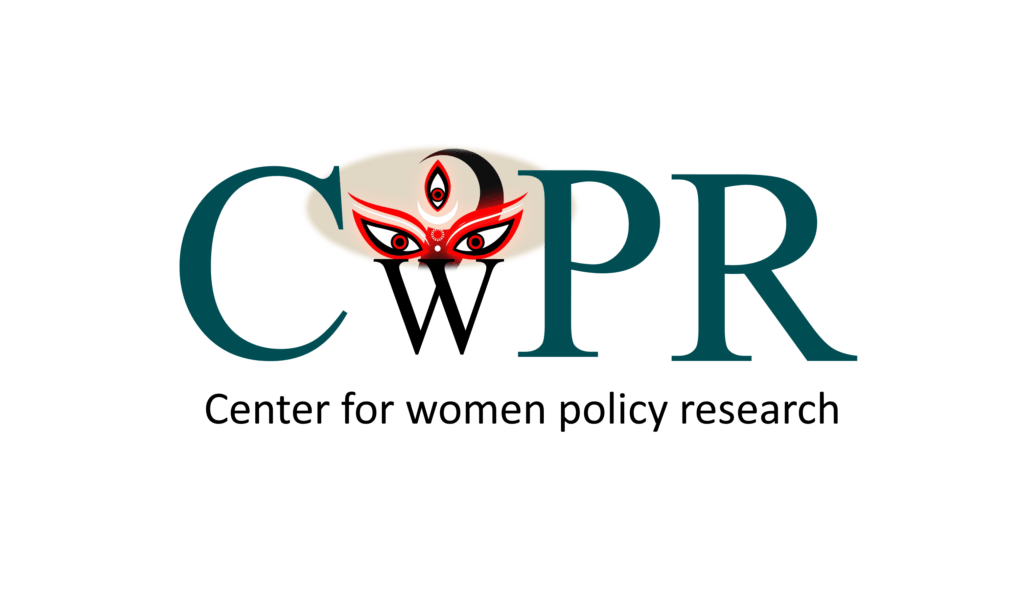
Uma.
Uma is another name for Durga. And, Durga is another name for Parvati. The need for different names for the same person arises as every situation gives rise to different circumstances, with various nuances and perspectives.
However please remember they all mean the same person.
Kali.
Yes, the Indic discourses and traditions as opposed to Abrahamic traditions do not have any doctrines.
No Doctrines. However please remember that ‘no doctrine is a doctrine’.
No Doctrine is like Kali. Like Kali may manifest in various forms, hues and temperaments, she is still Kali. Kali is never only Durga. If anyone says that Kali is only Durga and never Parvati, then there is a violation. The social heuristic breaks down.
In India, we have lost that original understanding. Some say it is our own fault, some say that Abrahamic forces destroyed our essence. Whatever the cause, we have lost our original civilizational understanding, and now we have to bring that understanding back.
Center for women policy research is dedicated to get a fluid, yet tactical, understanding back on issues concerning women. Much like the golden days of our civilization.
Our work on women’s emancipation, till date will be showcased in this portal.
While we have worked on various gender related issues from, inclusion to empowerment via finding work at the local level, to our current efforts on violence against women, including domestic violence and intimate partner violence.
Our work is embedded in field observations and real life narratives. To give an instance; on our assessment of Section 498 A of the Indian Penal Code, we find the discourse taking sides, while being irreverent to other narratives. While the case study is still in formulation, we can say that Sec 498 A is a well crafted document, however understanding of the procedural aspects are missing amongst the relevant stakeholder. What happens is that every situation is different and has to be treated differently. Yet, how the eternity of Gender norms from a legal perspective fails is that it does not reach to that person it wants to protect the most. The reason this happens is that the procedural aspects of domestic violence and the surrounding protocol gets hidden in unnecessary legal complexity. For instance, in spite of reading various reports and understanding the importance of first responders, the law remains vague with respect to first responders.
The role of police is important and crucial. However we have to realise how understaffed and overworked our forces are. Moreover gender laws are routinely misused. Now, with respect to immediate protection either the legal framework or the procedure seems to be not in place, not there, or, most plausibly, not communicated. There is another complexity, for instance, cruelty to wife as an offence is at par with rape or murder. Then, there is domestic violence, which in various cases, if the violence is done to the wife intersects various sections of the law will intersect.
Finally what we feel is that the law and policy on gender issues have their heart in the right place, and what needs to be done is on two aspects – information sharing and procedures.
First, better communication and information sharing amongst relevant stakeholders is important. Technology can be utilised, the user interfaces and local language content will become a must.
With respect to procedures, immediate protection of women under threat should be envisaged. The law is there, the procedure has to be communicated. To communicate, a Police Public Partnership is a good start point. Police Mitra campaigns of the Delhi Police were a result of our efforts. A legal protection for neighbours and first responders like found in Good Samaritan laws can be informed. If not present, then should be articulated and formulated.


